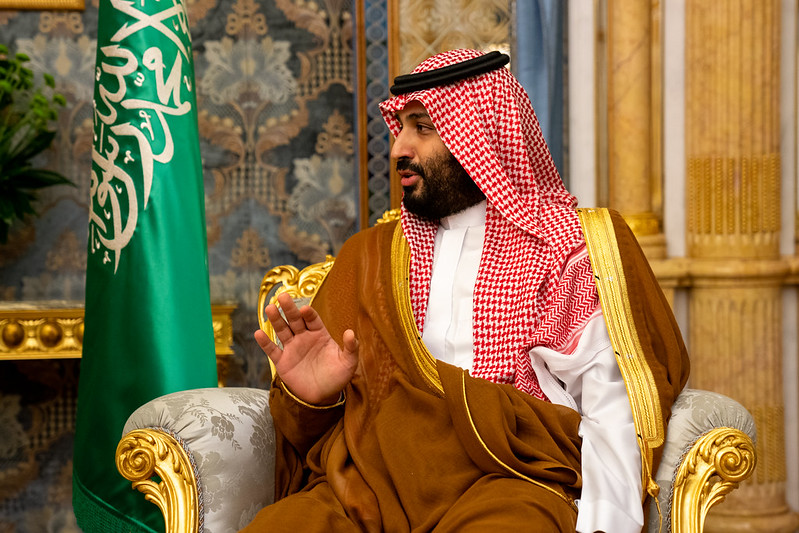Letter from La Vigie, dated 10 May 2023

Peaceful moods in the Arabian Peninsula
The strategic posture of Saudi Arabia has recently evolved a lot, with many factors: personal evolution of MBS, redimensioning of the politico-religious issue, war in Yemen, Iranian rivalry, Middle Eastern environment, oil issue, role attributed to the United States.
To read the article, click here
Japan’s strategic assertion
Japan continues the normalisation of its strategic posture started in 2015 and amplified by the war in Ukraine and the prospects of tension around Taiwan. It is preparing to become a true regional security contractor.
To read the article, click here
Lorgnette: Coronation
The strong-minded who don’t mind were therefore quick to explain how the coronation of Charles III was an outdated legacy of the past, anachronistic, necessarily out of date. The ‘serious’ newspapers, The Guardian and The Times, found the King sullen, stilted, anxious.
And yet, after the death of Elizabeth II, who had led a transition to modernity and whose death marked the end of a certain twentieth century (LV 200), this coronation marks something both new and very old.
The novelty lies in the modernising touches the king brought to the ceremony. It is better to speak of an update, since the present pomp and circumstance is ultimately a recent invention (see here).
But it is especially important to note the respect of another dimension, going back further, that of the coronation. By definition, it is a unique event, a sacredness of the royal person. Charles III was aware of this and had a hieratic face. This word must mean nothing to strong minds. Yet this dimension was clearly perceptible during the ceremony, a mass in which the king, dressed in liturgical vestments, acquired another state. For from now on, his status precedes the state…
JOCVP
Subscribers: click directly on the links to read online or download the pdf issue (here), always with your login/password. New readers: read the article by issue, by clicking on each article (€2.5), or subscribe (discovery subscription €17, annual subscription €70, orga. subscription €300 excl. tax): here, the different options.
Photo crédit : U.S. Department of State

